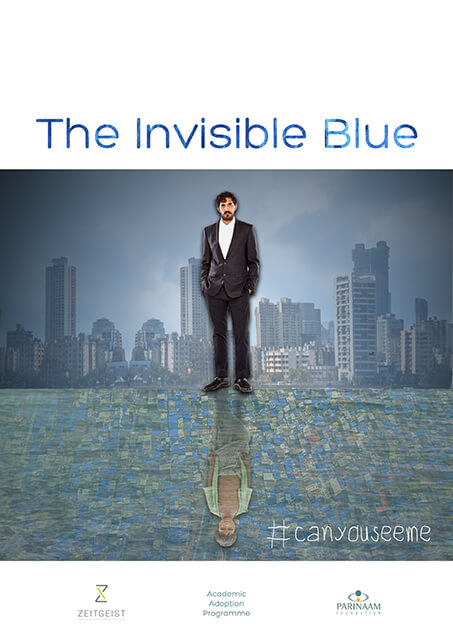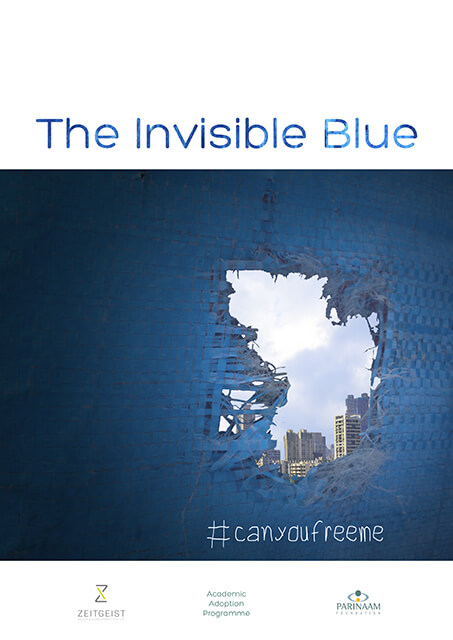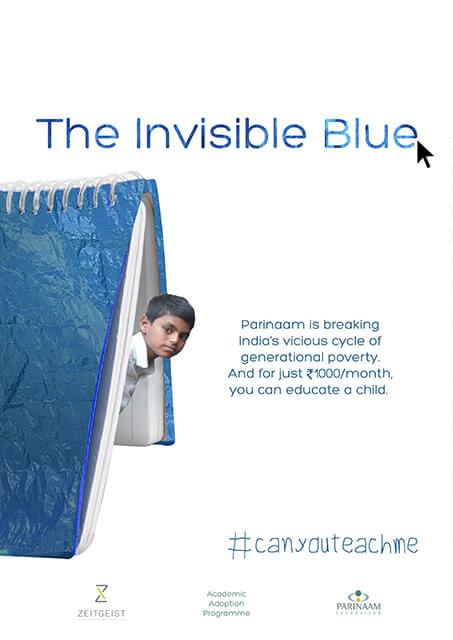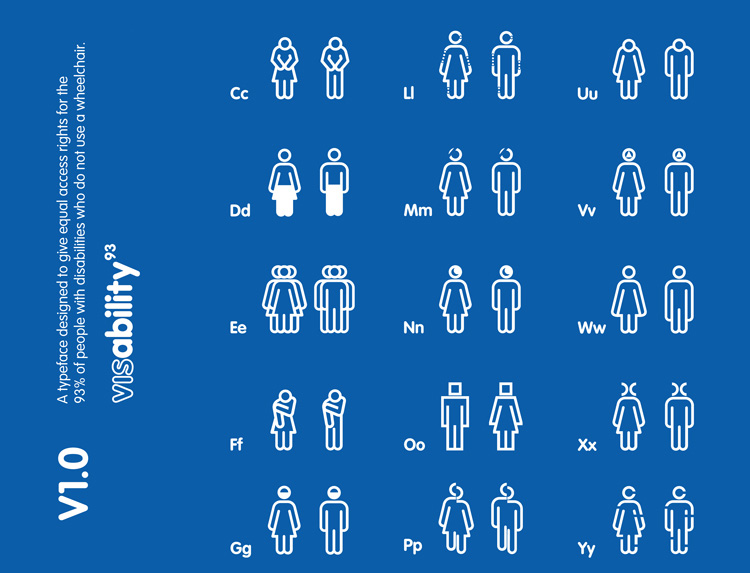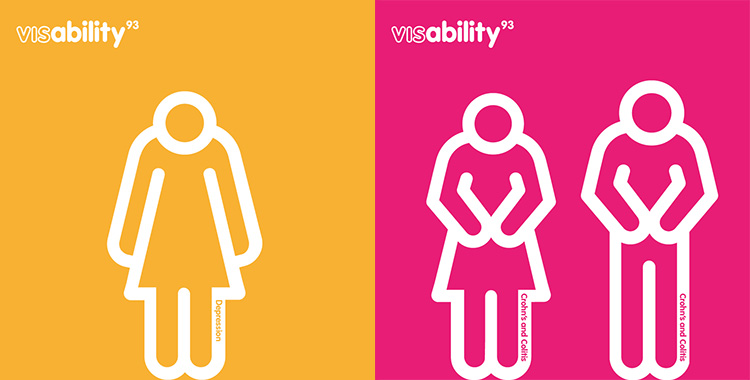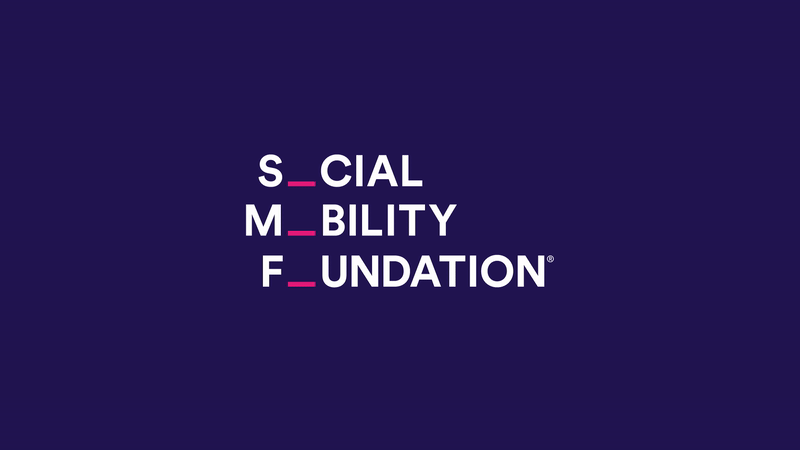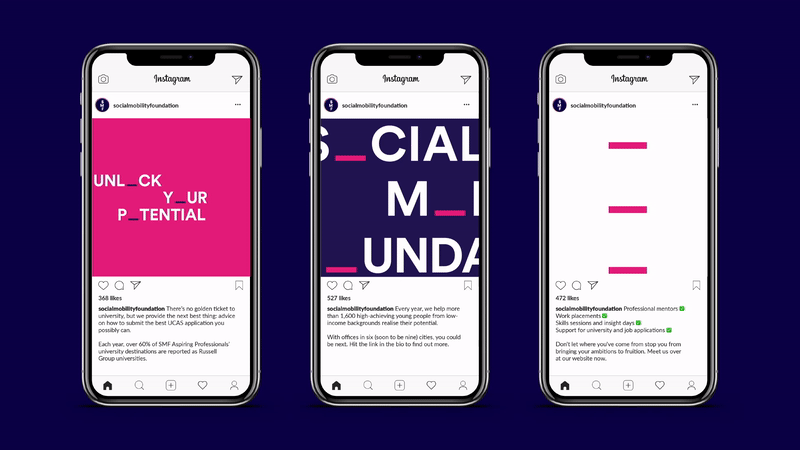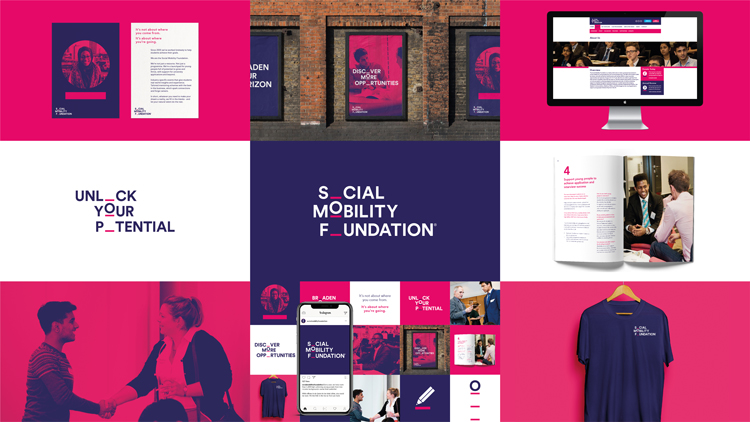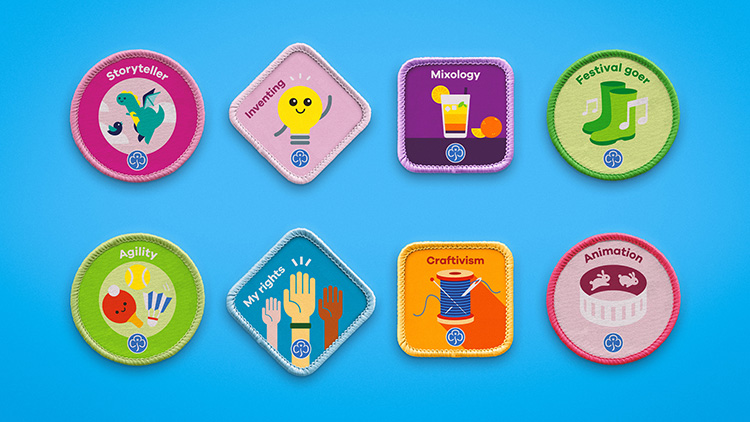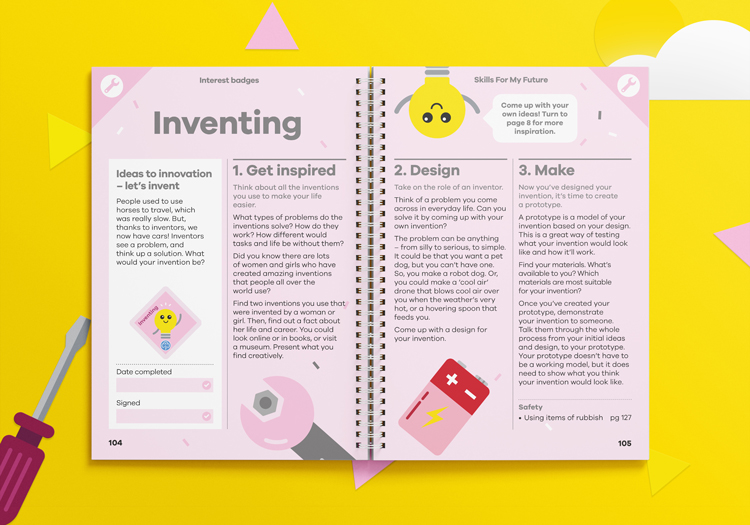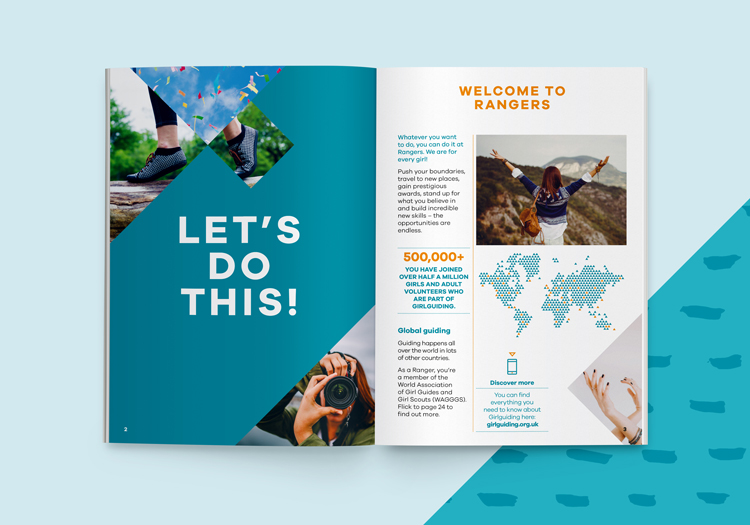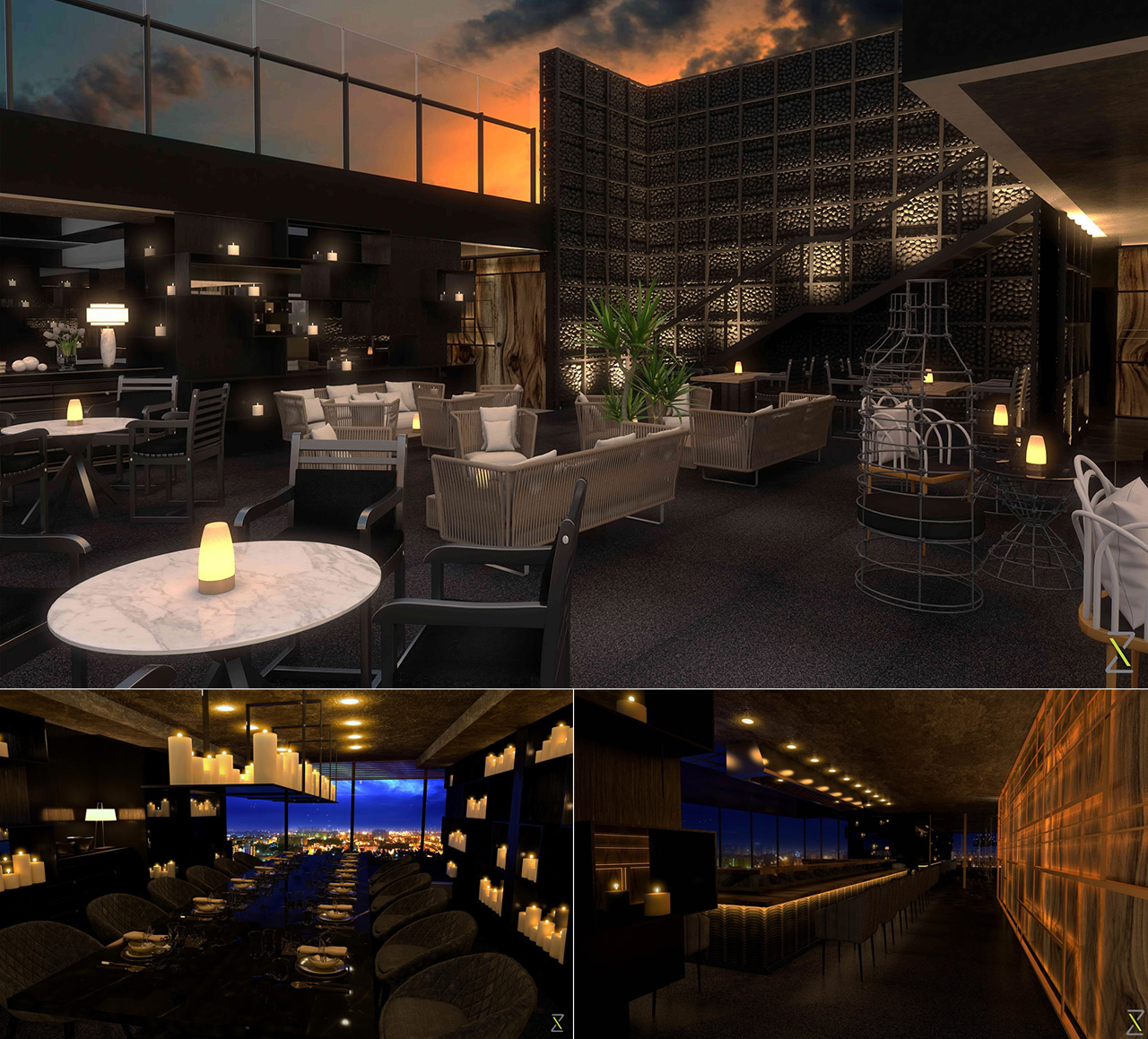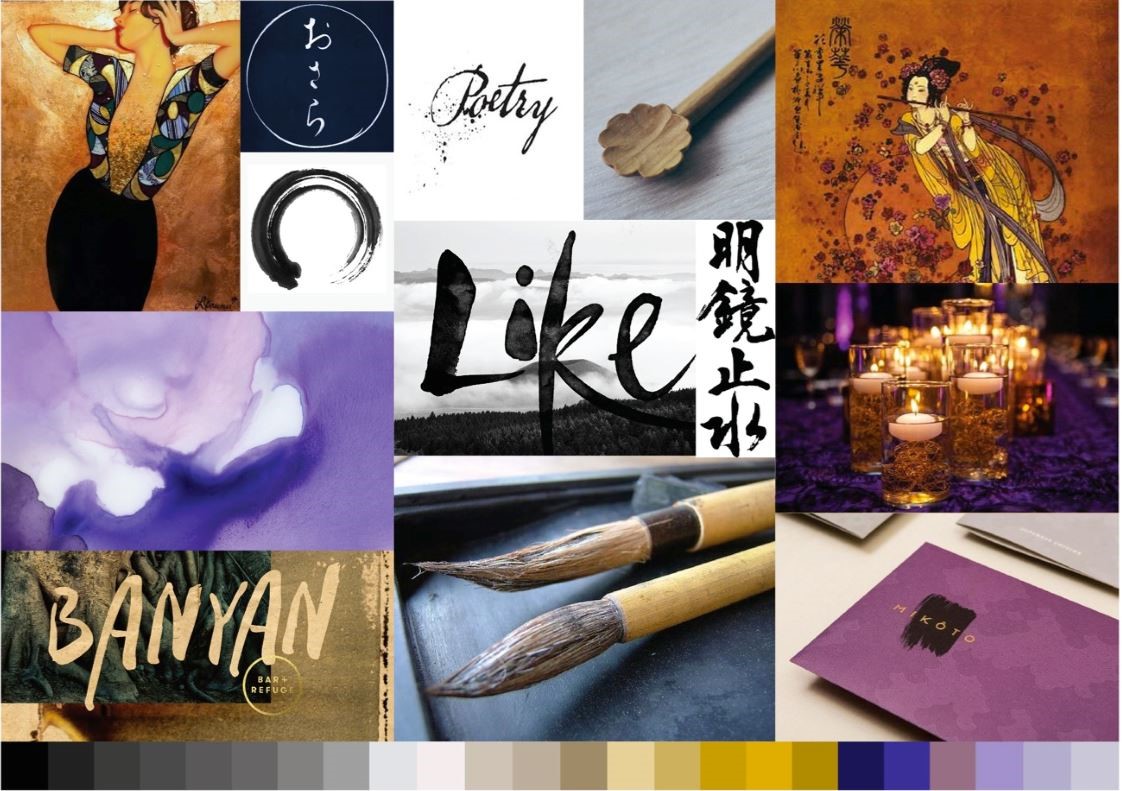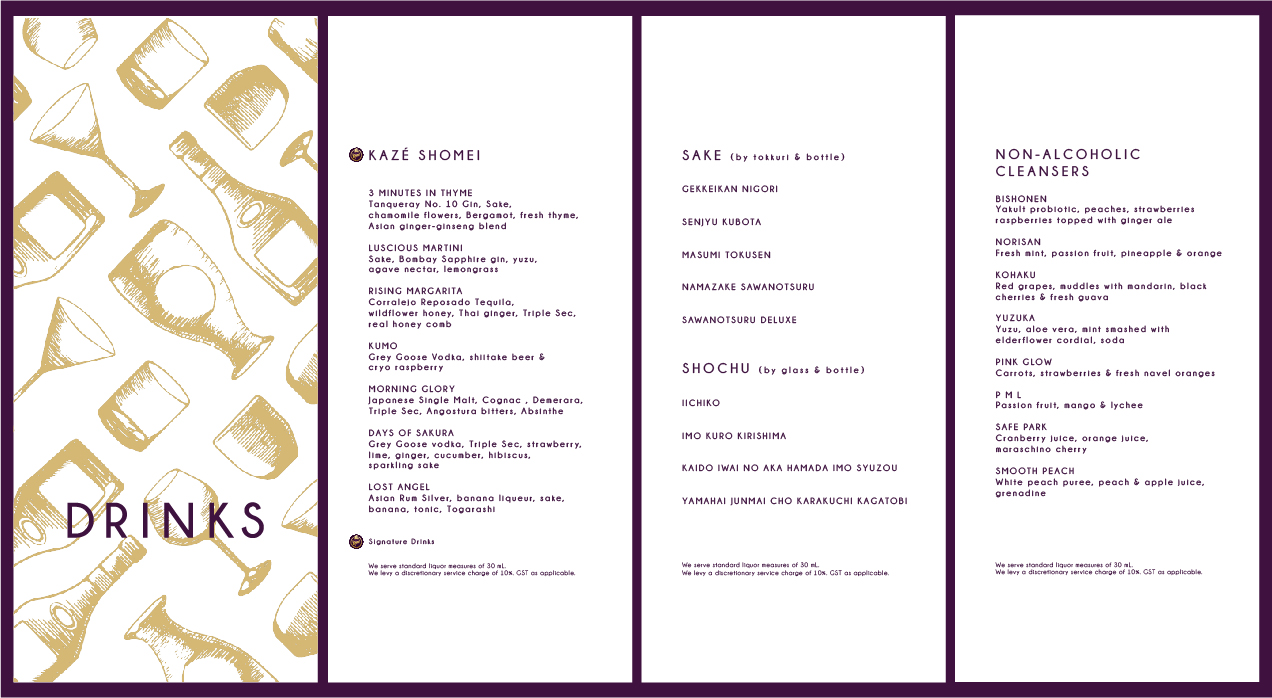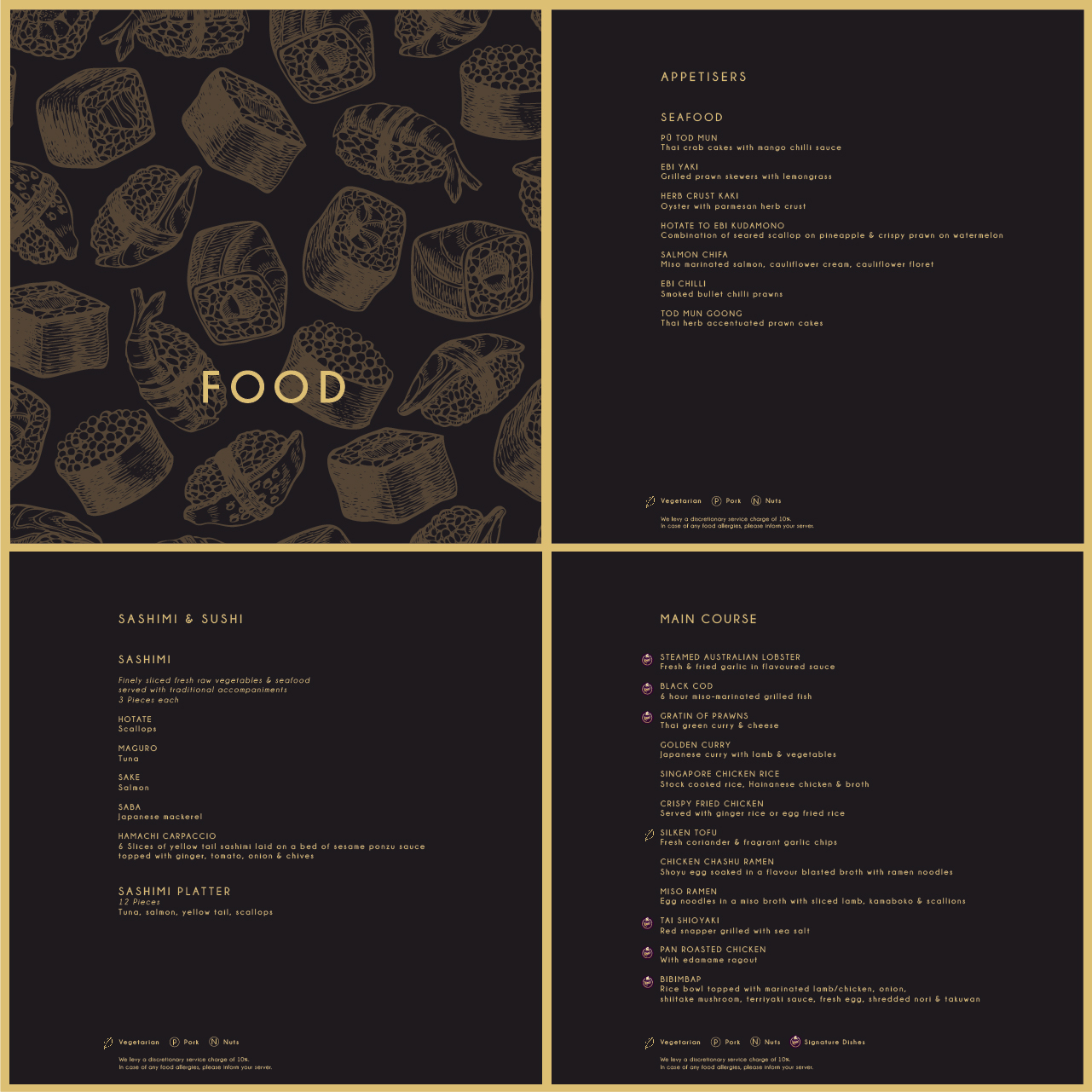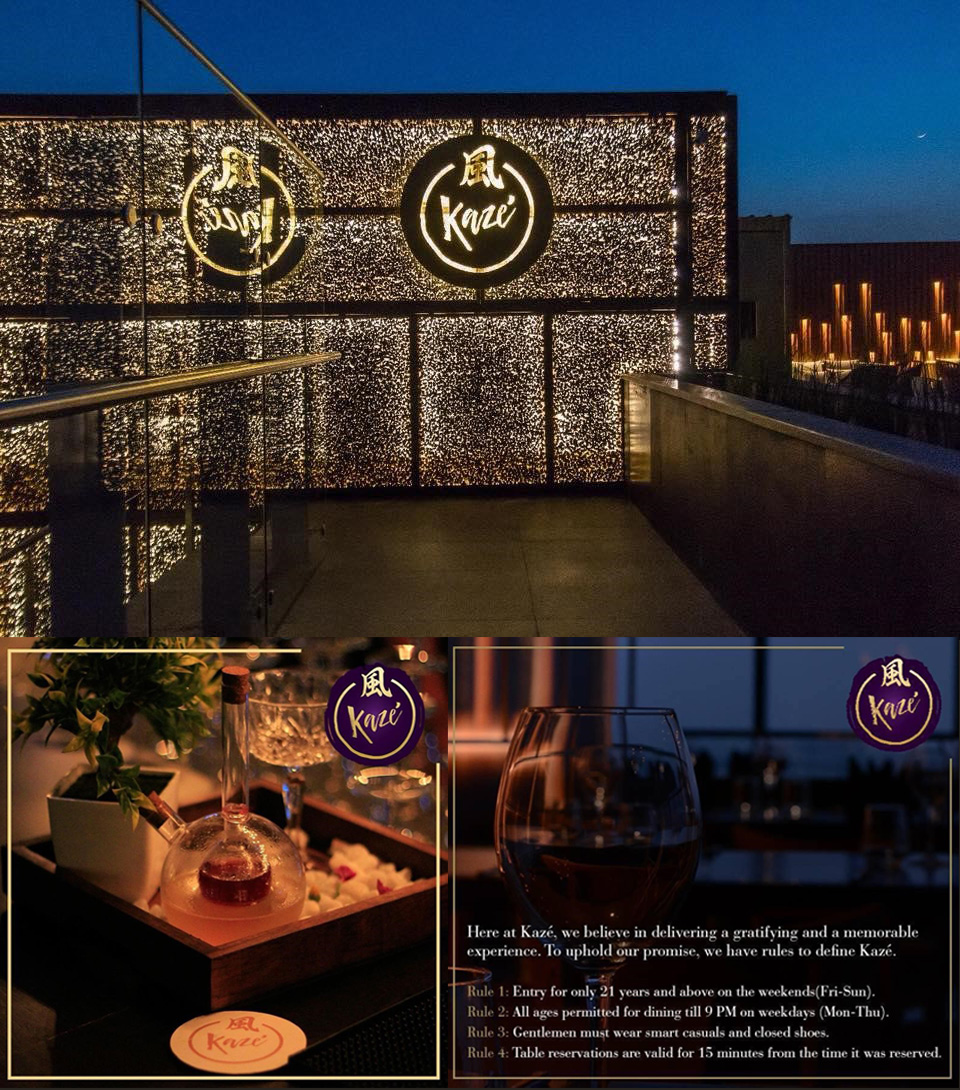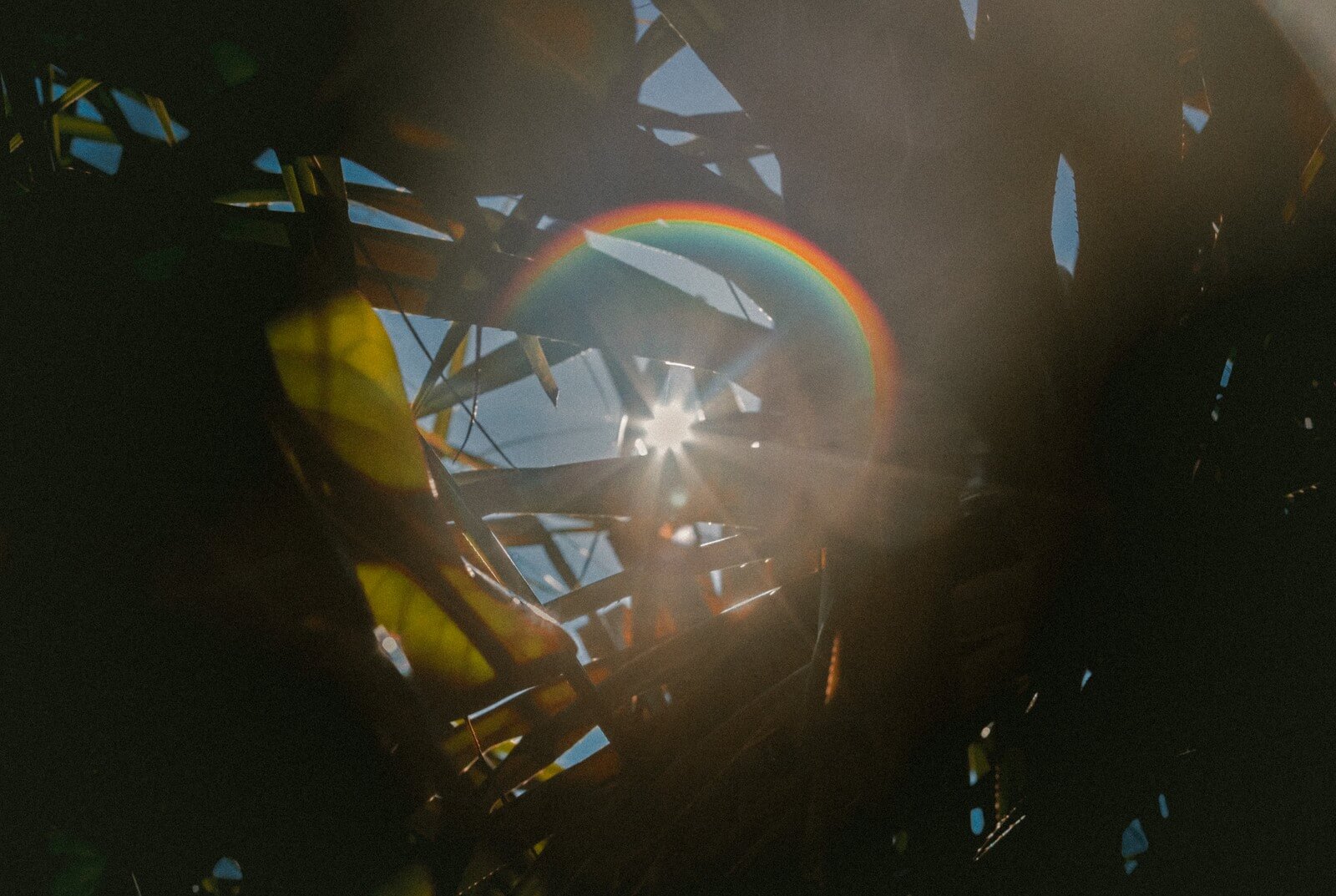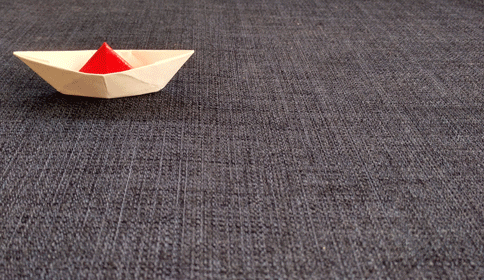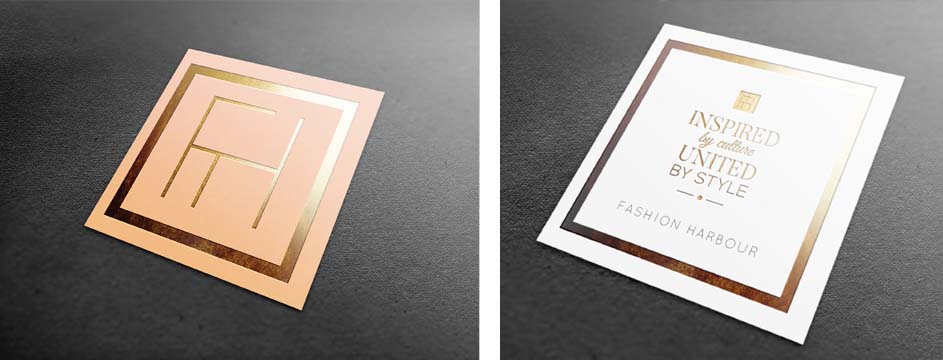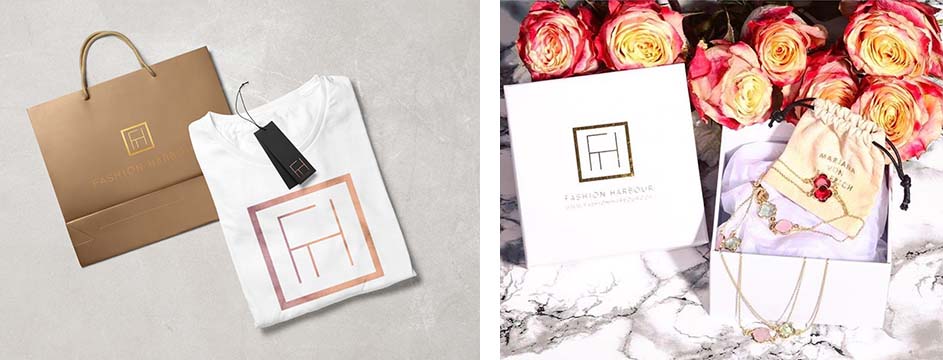Brand Strategy
Ferrari was just ranked as the world’s strongest brand (not to be confused with the world’s most valuable brand, which is Amazon) in Brand Finance’s annual report on the world’s most valuable brands.
While several factors make up a strong brand, today we’ll focus on one element – the role a brand promise plays in building a strong brand. A brand promise has been defined in various ways, but in essence it is what a brand commits to deliver, every single time, via every interaction with the brand.
So which brands have got it right? Let’s take a look at 3 examples:
FERRARI
Ferrari has always been clear about why they do what they do. Their mission states “We build cars, symbols of Italian excellence the world over, and we do so to win on both road and track. Unique creations that fuel the Prancing Horse legend and generate a “World of Dreams and Emotions.”
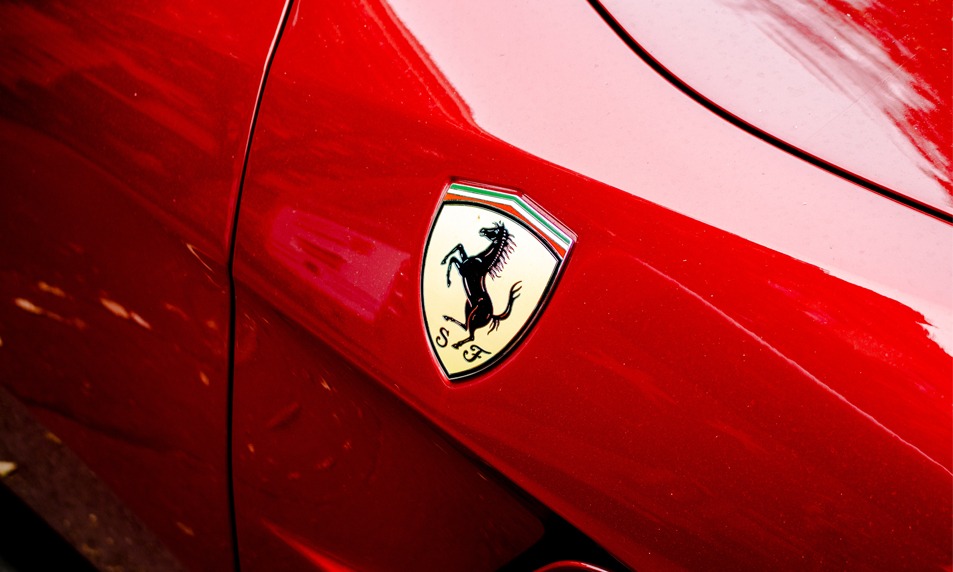
The clarity they have on why the company exists, is translated into all that they do, be it developing the latest technology to win in Formula One racing, incorporating the sleekest designs and ultimate driving pleasure into their customised on-road cars or ensuring an unparalleled exhilarating experience when one visits the Ferrari Museum at Maranello.
With every brand interaction the customer experiences uncompromised excellence. It is the reason millions of motorsports enthusiasts who will never drive a Ferrari feel emotionally connected to the brand.
NIKE
Nike’s mission is “bringing inspiration and innovation to every athlete in the world” with the annotation “if you have a body, you’re an athlete”
Nike’s messaging through its ad campaigns has always focused on attitude, rather than a person’s ability or achievements. Most of their ads feature ordinary people, who are fuelled by a passion to ‘Just Do It’; the message is to overcome laziness and obstacles and reach for the stars.
The two ads below, one from 1988 and one from 2017 are excellent examples of how the company has stayed true to its brand promise over the years:
Nike stays true to its brand promise (bringing inspiration and innovation) through its messaging, as well as through the innovative technology it incorporates into its products and experiences associated with them. Whether it’s the recently launched Nike Adapt BB , its Flyleather technology or the company’s first Nike House of Innovation at Shanghai , the company continuously delivers cutting edge innovation.
COCA COLA
How is it that a carbonated drink that contains undesirable amounts of sugar ranks amongst the world’s 10 strongest brands? It is in huge part because of consistent brand messaging that ties back to a clear brand promise. Coke’s brand promise, “To inspire moments of optimism and uplift”, is all about bringing family and friends together, sharing and happiness.
The company has shifted the focus away from the product itself and moved it to the brand, staying consistent in its messaging over the years. 1971 saw the iconic ‘I’d Like To Buy The World A Coke’ ad, which featured a cast from over 20 countries and portrayed the drink as “not only a refresher but a way to connect with people you love, people that have the same taste for Coca-Cola.” It also touched upon diversity.
Read about the interesting story behind this ad campaign here
Nearly 50 years later, the Share a Coke campaign sticks to the same brand promise, but has moved with the times and is more relevant to today’s youth, the brand’s main target market.
KEY TAKEAWAYS
1. Simply defining a brand promise isn’t enough. A brand must be able to deliver on that promise – every single time. Companies that fail to do so run the risk of there being a misalignment between the user’s expectations and what they actually get, eventually leading to the weakening of the brand.
2. A brand promise should serve as a guiding star for everyone working in an organisation, helping them to understand their role in achieving a bigger purpose.
3. A brand promise, whether explicitly stated or subtly incorporated into a company’s products, services and interactions, gives the customer clarity on what to expect from a company and what makes that company different from other players. It is the reason McDonald’s – a fast food chain considered unhealthy by many – has a market in Paris, one of the best ‘food cities’ in the world! It may not be the healthiest food, it may not be the ‘tastiest’ food, but you know exactly what to expect from the brand in any of their outlets in any part of the world. The brand promise is consistently delivered through every interaction, building customer loyalty. It is the reason McDonald’s ranks No. 5 on Brand Finance’s Top 10 Strongest Brands of 2019.
Does your brand have a brand promise? Zeitgeist can help you discover it. Reach out to us for help with your Brand Strategy.

